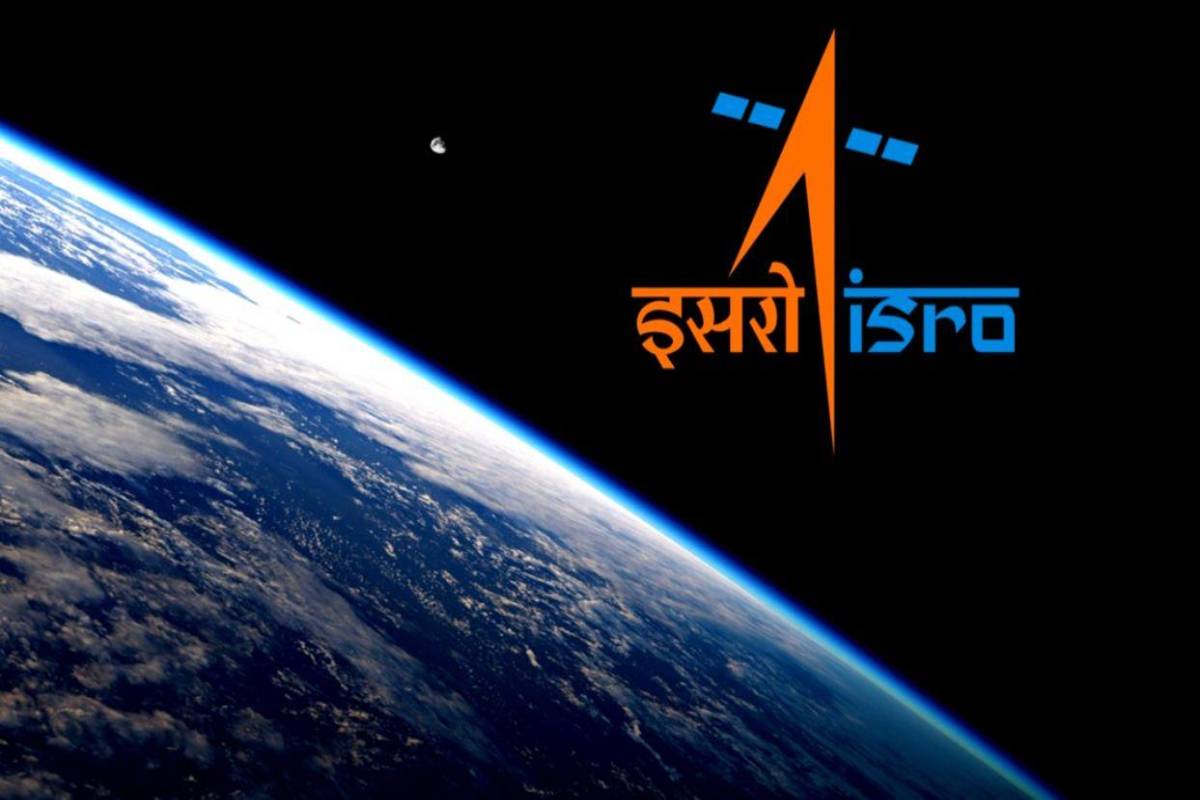
More than a billion Indians and scientists at the Indian Space Research Organisation (ISRO) celebrated the touchdown of Chandrayaan-3 as it approached the Moon and created history. Even after Chandrayaan-3, the space agency has a long list of prospective missions aimed at pushing the boundaries of space exploration.
Here are some of ISRO’s upcoming projects:
1. Aditya L1: A mission to study the Sun
ISRO will turn to the Sun shortly after its Moonshot. Aditya L1, India’s first space-based mission to study the Sun, is scheduled to launch in early September. ISRO’s goals are as follows: “The spacecraft shall be placed in a halo orbit around Lagrange point 1 (L1) of the Sun-Earth system, which is about 1.5 million km from the Earth. A satellite placed in the halo orbit around the L1 point has the major advantage of continuously viewing the Sun without any occultation or eclipse. This will provide a greater advantage of observing the solar activities and their effect on space weather in real-time.”
2. NISAR: NASA-ISRO Synthetic Aperture Radar
NASA and ISRO have collaborated to develop a powerful Earth Observation Satellite. The satellite is being assembled in Bengaluru and will most likely be launched early next year. NASA-ISRO Synthetic Aperture Radar (NISAR) will track the movements of Earth’s land and ice surfaces in extraordinary detail, according to NASA. It will improve understanding of climate change, deforestation, glacier melting, volcanoes, and earthquakes. “As NISAR monitors nearly every part of our planet at least once every 12 days, the satellite will also help scientists understand, among other observables, the dynamics of forests, wetlands, and agricultural lands,” NASA has detailed on its website.
3. Gaganyaan: India’s first human space flight mission
ISRO is working on India’s first human space flight project, which was supposed to launch in 2020 but was pushed back owing to COVID-19. “Gaganyaan project envisages demonstration of human spaceflight capability by launching a crew of 3 members to an orbit of 400 km for a 3-day mission and bringing them safely back to earth, by landing in Indian sea waters,” ISRO has said. The manned flight will be preceded by two unmanned flights. “We are getting ready for the (first of the two) unmanned crew module missions by the beginning of next year,” an ISRO official has said, according to news agency PTI.
4. Mission to study X-ray sources
ISRO is developing the nation’s first specialized polarimetry mission to investigate the behavior of bright astronomical X-ray sources in severe settings. However, the project is expected to begin later this year or in early 2024. “The emission mechanism from various astronomical sources such as black holes, neutron stars, active galactic nuclei, pulsar wind nebulae, etc. originates from complex physical processes and is challenging to understand. The polarimetry measurements add two more dimensions to our understanding, the degree of polarization and the angle of polarization, and thus are an excellent diagnostic tool to understand the emission processes from astronomical sources,” ISRO has said.






